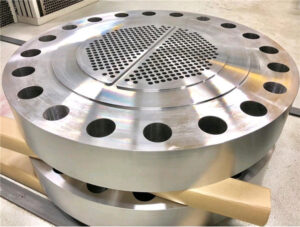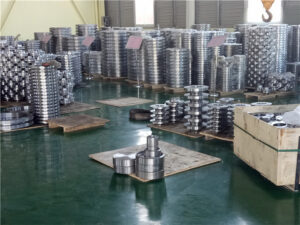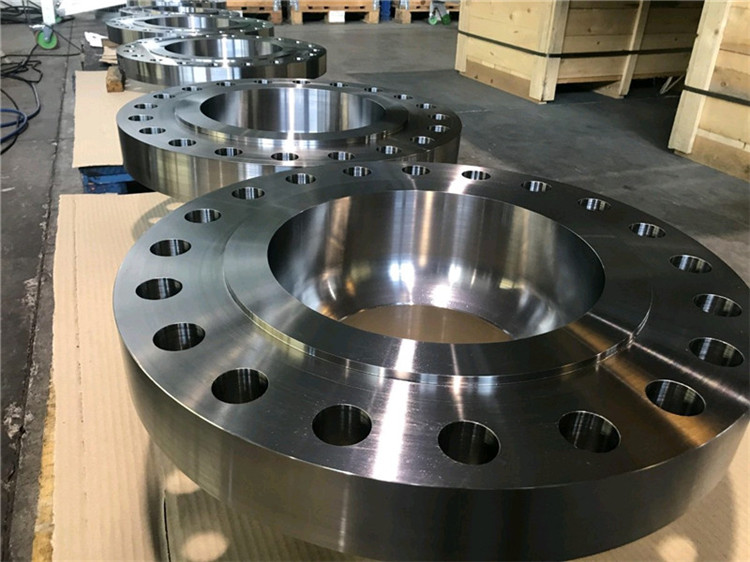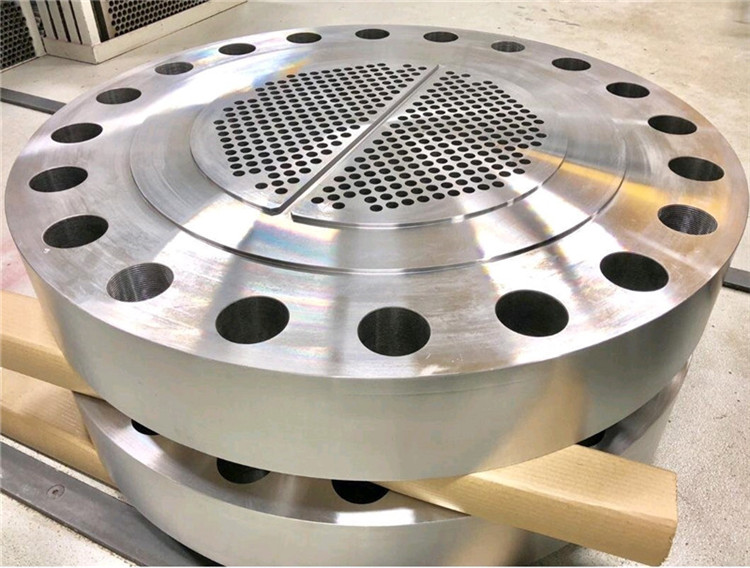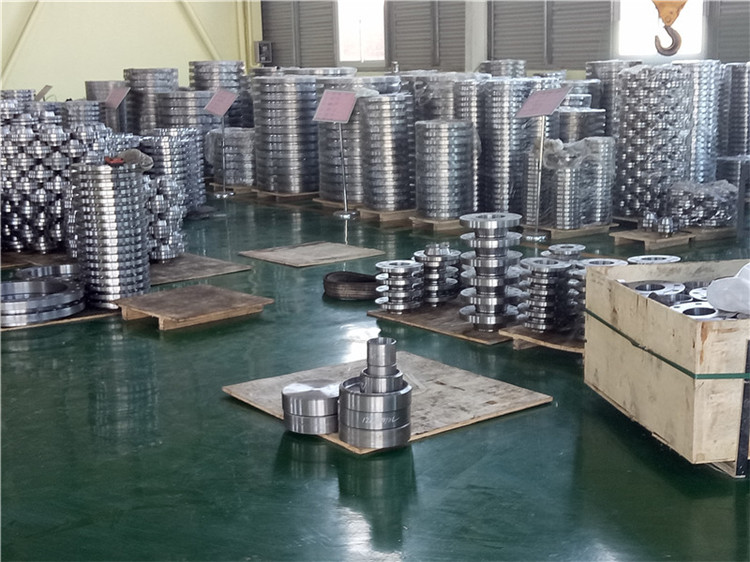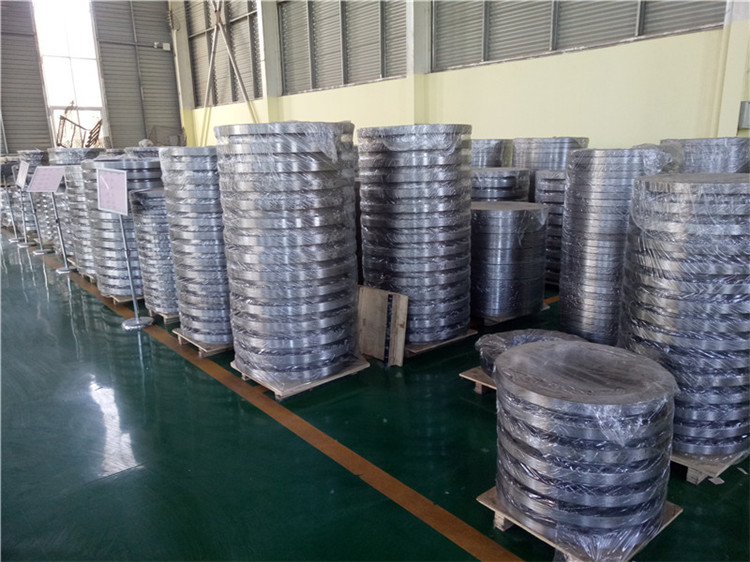Flange standards vary significantly between American, European, and national standards, with key differences in measurement systems, pressure ratings, bolt patterns, and material specifications.
Measurement Systems
- American Standards: Use the imperial system (inches, PSI) for dimensions and pressure ratings.
- European Standards: Utilize the metric system (millimeters, bar) for measurements and pressure classifications.
- National Standards: In countries like China, the metric system is also commonly used, aligning more closely with European practices.
Pressure Ratings
- American Standards: Pressure is rated in classes (e.g., Class 150, 300, 600) based on PSI.
- European Standards: Pressure ratings are designated by PN (Pressure Nominal) values (e.g., PN6, PN10, PN16) measured in bar.
- National Standards: Many countries use PN ratings similar to Europe, but specific classes may vary based on local industry requirements.
Bolt Patterns and Dimensions
- American Standards: Bolt hole patterns and dimensions are based on imperial units, with specific configurations for each pressure class.
- European Standards: Bolt patterns are metric-based, often leading to incompatibility with American flanges even if the nominal sizes appear similar.
- National Standards: Bolt patterns may vary by country, but generally follow metric standards similar to Europe.
Material Specifications
- American Standards: Materials are often specified using ASTM designations (e.g., A105, A182) and may include carbon steel, stainless steel, and alloy steel.
- European Standards: Materials are designated using European numbering systems (e.g., 1.0432, 1.4301) and include similar material types but with different specifications.
- National Standards: Material specifications can differ based on local availability and industry practices, though common materials like stainless steel are widely used.
Application and Regional Use
- American Standards: Predominantly used in the U.S., Canada, and some Latin American countries, especially in industries like oil & gas and power generation.
- European Standards: Widely adopted in Europe, Asia, and global maritime applications, particularly in process plants, pharmaceutical, and food industries.
- National Standards: Reflect local industry needs and regulatory requirements, with some countries adopting international standards for compatibility.



